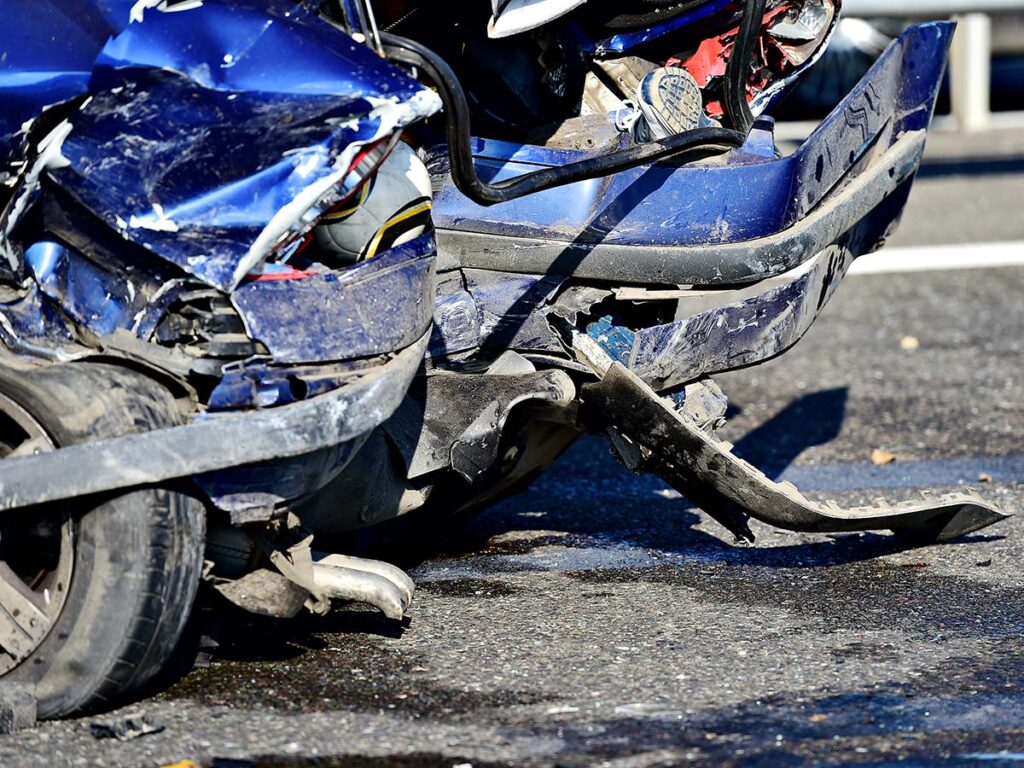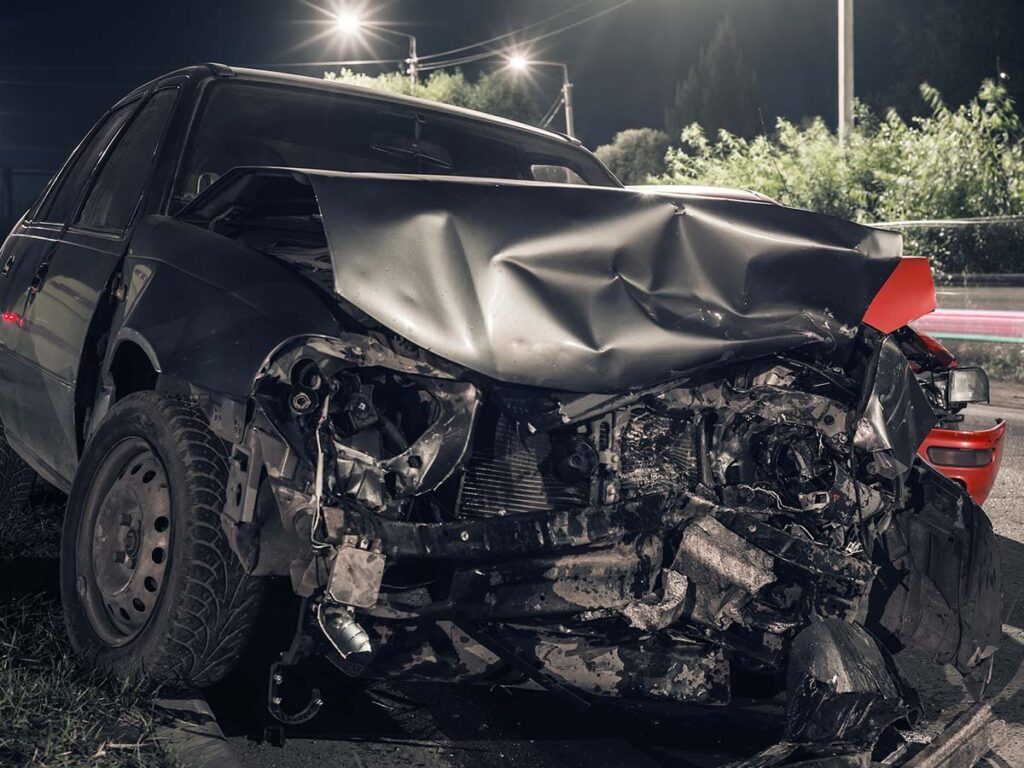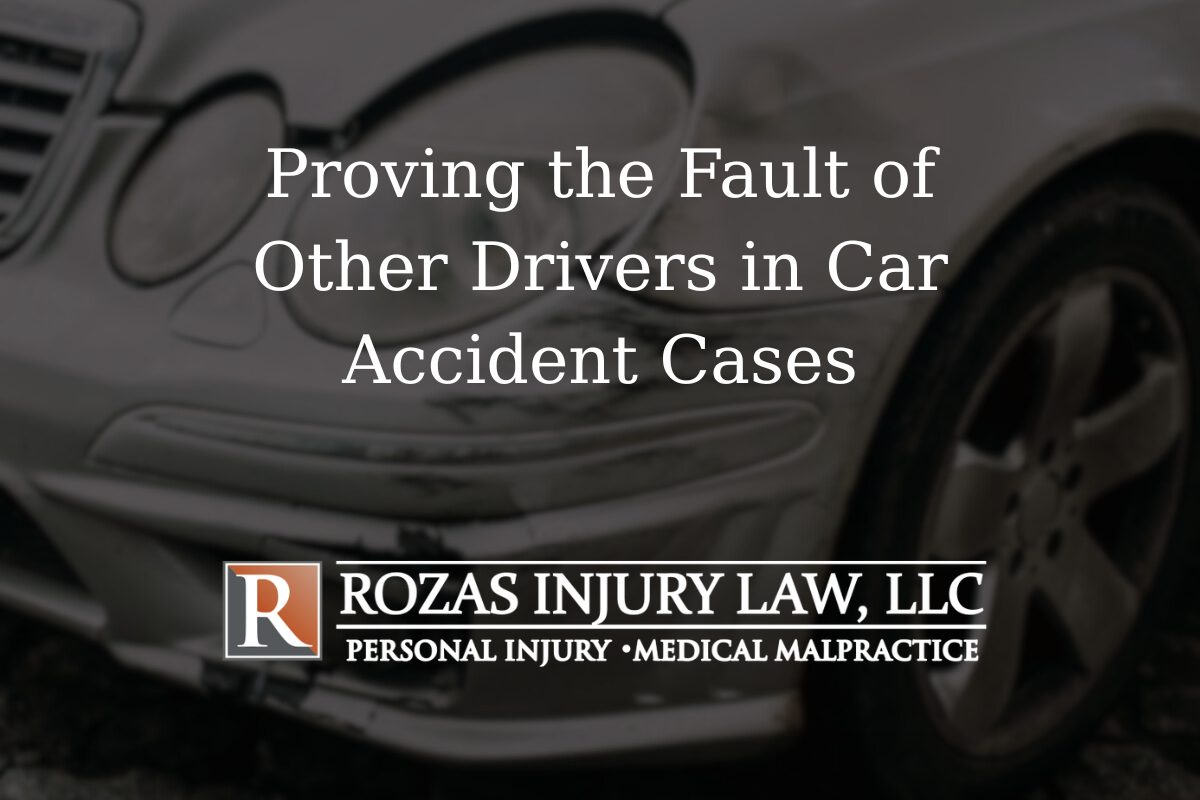Establishing Liability in a Car Accident Case
When a car accident occurs, determining who is at fault is a critical step in securing compensation for damages and injuries. Proving fault is not always straightforward, especially when the other driver denies responsibility or tries to shift blame. Whether the accident happened at a red light, a stop sign, or during a left turn, strong evidence is necessary to hold the at-fault driver accountable.
This guide explains how fault is determined in a car accident case, the role of evidence such as a police report and witness statements, and how a car accident lawyer can help establish liability and fight for fair compensation.

Key Factors in Proving Fault in a Car Accident
1. The Role of a Police Report
One of the most critical pieces of evidence in proving fault is the police report. When an accident occurs, calling the police immediately ensures that an official report is filed. The report typically includes:
- Statements from drivers and witnesses
- The officer’s observations about how the accident happened
- Any citations issued for violating traffic laws
- Details about vehicle damage and skid marks
Insurance companies and courts often rely on police reports to determine fault in a car accident.
2. Gathering Evidence at the Accident Scene
To establish fault, it is crucial to gather evidence at the accident scene. Key evidence includes:
- Photos of the accident scene, vehicle damage, and injuries
- Traffic camera footage or surveillance video from nearby businesses
- Eyewitness statements from people who saw the accident
- The speed limit in the area and whether the driver was speeding
Physical evidence, such as skid marks and vehicle positioning, can also help prove liability.
3. Witness Statements and Eyewitness Accounts
Eyewitness statements can play a vital role in proving fault. If neutral third parties saw the accident, their accounts can confirm the at-fault driver’s negligence. Witnesses can describe whether the driver was at fault due to reckless behavior, distracted driving, or failing to obey traffic signals.
4. Violations of Traffic Laws
When a driver breaches traffic laws, they may be held legally responsible for the accident. Common violations that establish fault include:
- Running a red light or stop sign
- Speeding or reckless driving
- Making an improper left turn
- Rear-ending another vehicle in a rear-end collision
Traffic laws help determine liability, and a skilled attorney can use these violations to prove the other driver’s fault.
How Insurance Companies Determine Fault
1. Reviewing the Police Report and Evidence
Insurance companies review police reports, medical bills, and property damage to determine fault in a car accident. They may also look at traffic camera footage and eyewitness accounts.
2. The Role of Insurance Adjusters
Insurance adjusters investigate the accident and assess the financial responsibility of each party. They may try to shift blame to reduce the insurance company’s payout. Having an experienced lawyer can prevent insurance companies from unfairly denying a claim.
3. Common Insurance Company Tactics
Many insurance companies use tactics to minimize their liability, including:
- Pressuring claimants to admit fault
- Offering low settlement amounts
- Delaying claim processing
- Denying claims without proper justification
Working with a car accident lawyer can help protect your rights and ensure fair compensation.
Legal Options When Proving Fault in a Car Accident Case
1. Filing a Personal Injury Claim
If the other driver’s negligence caused the accident, you may file a personal injury claim to recover medical bills, lost wages, and other damages. A lawyer can help gather strong evidence and file a claim effectively.
2. Proving Liability in Court
If negotiations fail, legal action may be necessary. A skilled attorney can prove liability by presenting key evidence such as police reports, witness statements, and medical records.
3. Seeking Compensation for Damages
Injured parties may seek compensation for:
- Medical treatment and expenses
- Vehicle damage and repair costs
- Lost wages due to inability to work
- Pain and suffering damages
A lawyer can negotiate a fair settlement or take the case to court if necessary.

Contact a Car Accident Lawyer Today
Proving fault in a car accident case can be a complex process, but an experienced lawyer can help gather evidence, negotiate with insurance companies, and fight for fair compensation. If you or a loved one has been involved in a car accident, don’t wait to seek legal support. Call Rozas Injury Law, LLC at (225) 343-0010 to schedule your free consultation. Let us help you take the first step toward justice and recovery.
FAQ
What should I do immediately after an accident to prove fault?
Call the police immediately, gather evidence at the scene, take photos of vehicle damage, and obtain witness statements.
How do insurance companies determine who is at fault?
They review police reports, accident scene evidence, and witness statements to determine fault in a car accident.
Can I still recover compensation if I was partially at fault?
Yes, Louisiana follows a comparative fault rule, which means you can recover damages even if you were partially at fault, but your compensation may be reduced.
What if the other driver denies responsibility?
A car accident lawyer can help gather strong evidence, such as traffic camera footage and medical records, to prove the other driver’s negligence.
How can a lawyer help in proving fault?
A lawyer can collect key evidence, negotiate with insurance companies, and ensure the at-fault driver bears financial responsibility for the accident.




